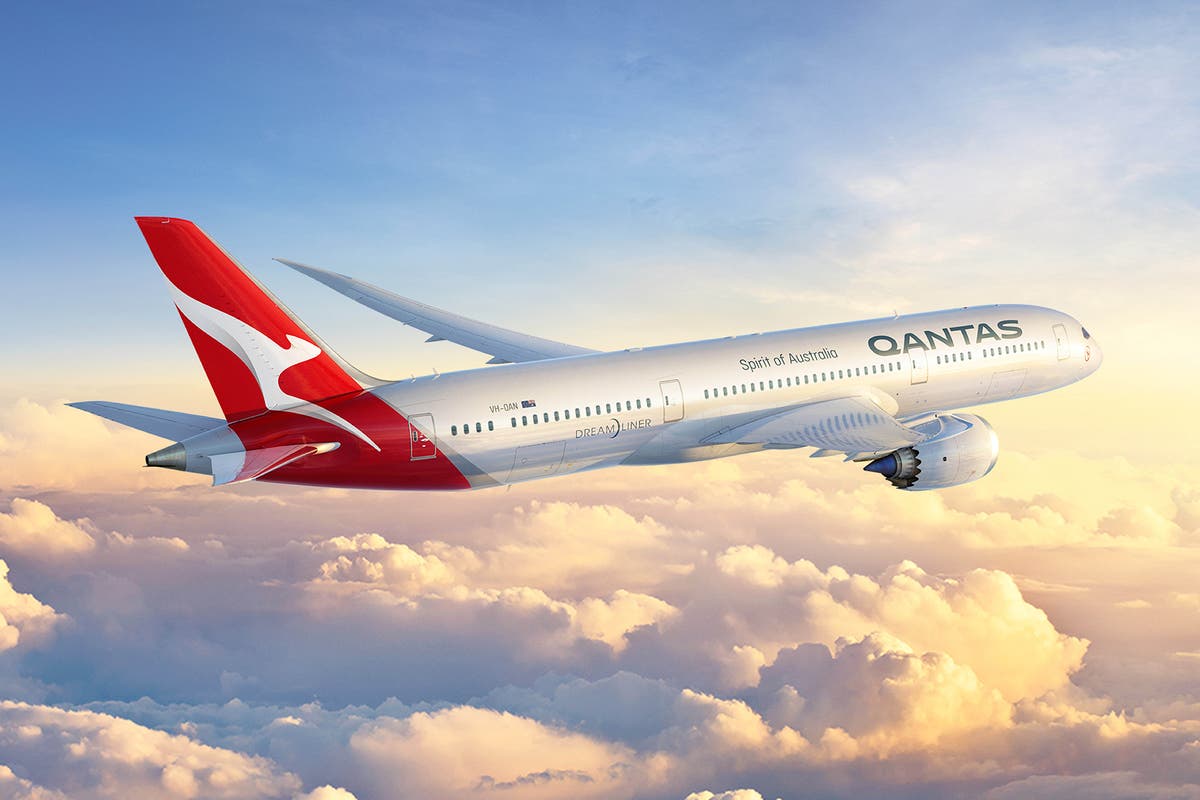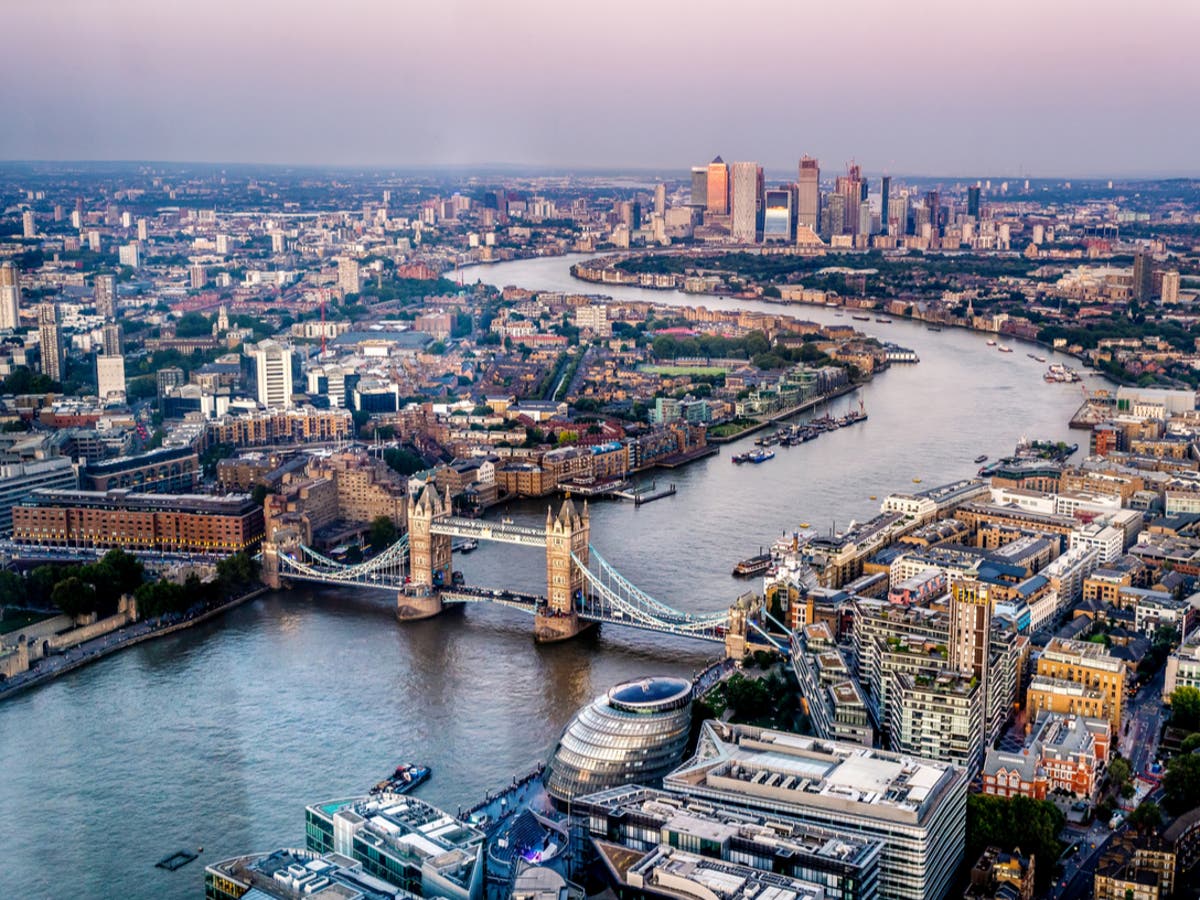Middle East tension: how worried should airline passengers be?
The Man Who Pays His Way: An obsession with risk management has made aviation astonishingly safe


Sign up to Simon Calder’s free travel email for expert advice and money-saving discounts
Get Simon Calder’s Travel email
The shortest route on the surface of the planet between Perth in Western Australia and London Heathrow airport begins with thousands of miles of Indian Ocean before making landfall over Sri Lanka. The track clips a southwestern corner of, successively, India and Pakistan, before transiting Iran from end to end – eventually entering Turkey at its eastern frontier.
The straightest route then crosses the Black Sea, slicing across Russian-occupied Crimea before reaching Romania and all the usual European suspects en route to the UK’s busiest airport.
The path taken by the daily Qantas nonstop flight from Australia to the UK, QF9, has never followed exactly this track. The weather informs the pilots about the best course to follow. Geopolitics has an increasing say in their choice: Ukraine is off-limits, of course.
In the early hours of Friday morning, the flight crew took a very different route. Over northern Pakistan, the Boeing 787 headed north to keep clear of Afghanistan – then flew due east to find a way through the narrow gap between northern-most Iran and southern-most Russia.
The plane landed safely, about 45 minutes behind schedule. But so demanding is the route in terms of fuel that any significant diversion from the usual track can jeopardise the chances of reaching Heathrow without a pit stop for fuel.
Qantas has now suspended QF9 – modifying the flight number to QF209, and adding a stop in Singapore. (QF10, from London to Perth, can still make the nonstop home, due to the prevailing winds.) The Australian airline says ending the westbound nonstop is a temporary adjustment “due to the situation in parts of the Middle East”. But the decision has increased alarm among passengers who are likely to be flying to or through the region.
Zoe contacted me a few hours before her Emirates flight to Dubai, expressing strong concerns about safety. Would the airline re-route over Egypt and Saudi Arabia, giving a wide berth to everywhere from Israel to Iran?
I don’t know – but I do know that Emirates, like every other airline, has a serious group of people looking at safety at all times. They are wearily accustomed to avoiding patches of airspace where conflict might flare up.
A nervous flyer can point to two tragedies, both involving Ukraine, that between them killed hundreds of passengers and crew. Three months from now, the loved ones of the 298 passengers and crew aboard Malaysia Airlines flight MH17 will mark 10 years since a heinous act of mass murder. On 17 July 2014, the Boeing 777 departed from Amsterdam on a routine flight to Kuala Lumpur on a routine flightpath over Ukraine. A Buk missile belonging to the Russian army was fired at the jet from rebel-held territory in the east of the country.
Four years ago, the Iranian military shot down a Ukrainian passenger plane departing normally from Tehran to Kyiv after a chain of errors. All 176 passengers and crew aboard the Boeing 737 died. Tension in the region had risen sharply immediately before the crash, with Iran firing missiles at bases with US troops in Iraq.
With tension rising once again, should travellers in 2024 be fearful? All I can say is that I entrust my safety to the men and women flying the plane and the smart, informed people who are watching the world on their behalf. Aviation is astonishingly safe, and an obsession with risk management has made it so.

 JimMin
JimMin 
































